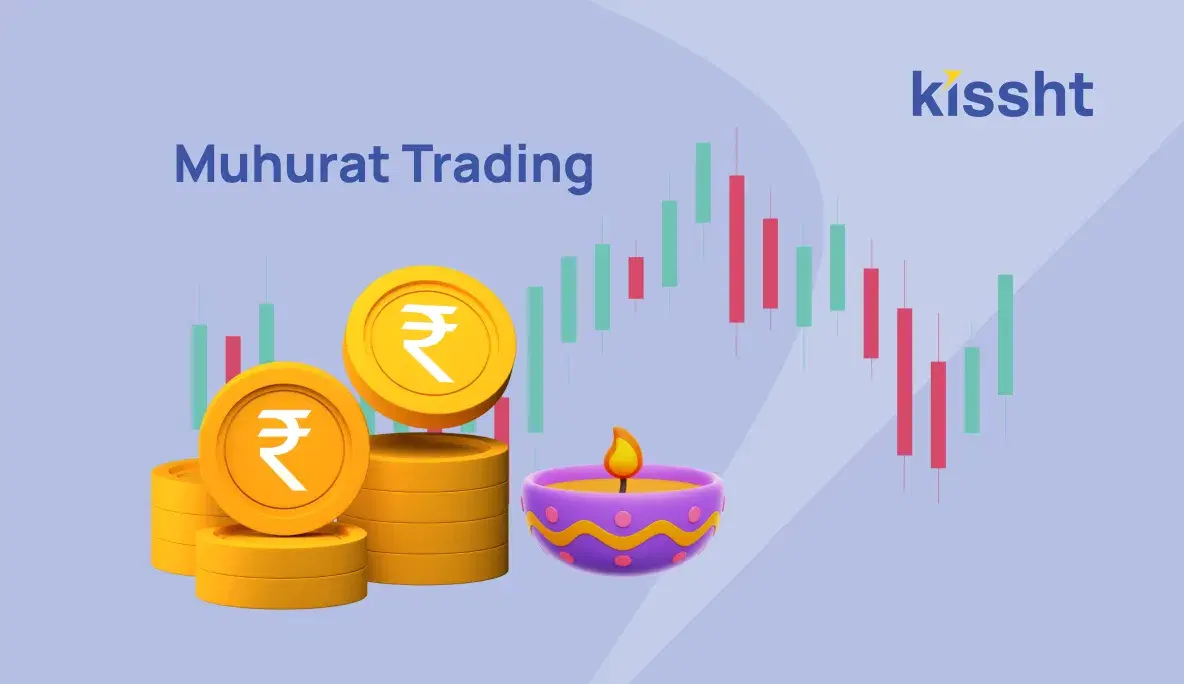CGTMSE Full Form Explained: Credit Guarantee Fund Trust for Micro and Small Enterprises

Access to credit has always been a defining factor in the growth of small businesses in India. Many entrepreneurs struggle with arranging collateral while applying for loans, which limits their ability to expand. To address this challenge, the Government of India, together with SIDBI, introduced the Credit Guarantee Fund Trust for Micro and Small Enterprises (CGTMSE). This initiative ensures that small businesses can secure credit without providing any security or third-party guarantee.
Before diving deep, let’s start by clarifying the CGTMSE full form: it stands for Credit Guarantee Fund Trust for Micro and Small Enterprises. This trust was set up with the mission to make loans accessible to micro and small businesses while encouraging lenders to extend credit support with reduced risk.
What is a CGTMSE Loan?
When entrepreneurs ask what a CGTMSE loan is, the answer is quite straightforward. It is a collateral-free credit facility provided by financial institutions and banks under the CGTMSE scheme. The trust guarantees a large portion of the loan amount, which means lenders face lower risk, and entrepreneurs gain access to much-needed funds.
The scheme is particularly beneficial for first-time business owners who might find it difficult to pledge property or other assets as security. By backing the credit with a government-supported guarantee, the CGTMSE loan bridges the gap between ambition and financing.
The role of CGTMSE in India’s entrepreneurial ecosystem is crucial. Here are some reasons why it matters:
- Collateral-free loans: Businesses can access credit without the burden of pledging assets.
- Increased lender confidence: Since loans are backed by a government trust, banks are more willing to lend.
- Encourages new businesses: First-time entrepreneurs often lack collateral, and this scheme ensures they still get financial support.
- Improves small business growth: By providing accessible loans, the scheme supports expansion, innovation, and job creation.
This combination of reduced risk for lenders and improved access for borrowers makes the CGTMSE scheme one of the most impactful credit support systems for small enterprises.
CGTMSE Scheme Eligibility
Eligibility is an essential factor in determining whether a business can avail itself of benefits under this scheme. The CGTMSE scheme eligibility includes:
1. Type of enterprise: All existing and new micro and small enterprises engaged in services and manufacturing can apply. Retail trade, agriculture, and educational institutions generally do not qualify.
2. Loan amount: Credit facilities of up to ₹5 crore are covered under the scheme.
3. Nature of credit: Both term loans and working capital loans are eligible for coverage.
4. Exclusions: Self-help groups and non-profit institutions are not covered under the trust.
When businesses meet the CGTMSE loan eligibility, they can approach participating banks and financial institutions to apply.
Business Loan Interest Rate and EMI
One of the most common concerns for any entrepreneur is the business loan interest rate. The rates for loans covered under CGTMSE are decided by lending institutions based on the borrower’s profile, business model, and repayment capacity. Since the scheme guarantees a portion of the loan, lenders often find it easier to extend competitive rates.
Entrepreneurs planning their finances can use a business loan EMI calculator. This digital tool helps in calculating the monthly repayment amount by simply entering details such as loan amount, tenure, and interest rate. It gives clarity on cash flow management and ensures that borrowers are prepared for timely repayments.
How to Apply for a CGTMSE Loan
The process of CGTMSE loan application has become more streamlined over the years. Most banks and financial institutions allow applications through their digital portals. The broad steps include:
1. Business proposal submission: The applicant needs to present a solid business plan, along with the loan requirements.
2. Assessment by bank: The bank evaluates the proposal and verifies eligibility under the CGTMSE scheme.
3. Forwarding for guarantee cover: Once approved, the bank applies for the guarantee cover from CGTMSE.
4. Loan disbursal: The credit is sanctioned and disbursed after the trust extends its guarantee. This simplified approach ensures entrepreneurs can start their ventures without lengthy delays.
CGTMSE Charges and Guarantee Cover
Lenders need to pay an annual guarantee fee to avail of coverage under the trust. This is referred to as the CGTMSE charge. The fee is generally a small percentage of the sanctioned loan amount and depends on the size of the enterprise and the credit facility.
The guarantee cover provided by CGTMSE ranges from 50 to 85 per cent of the loan, depending on the category of the borrower. For example, women entrepreneurs and businesses in the North-Eastern region often get higher coverage.
Benefits of the CGTMSE Loan for a New Business
For first-time entrepreneurs, accessing credit can be a roadblock. The CGTMSE loan for new business eliminates this barrier by offering collateral-free funds. Some key advantages are:
- Helps start-ups begin operations without mortgaging property.
- Builds a positive credit history for the entrepreneur.
- Provides flexibility in availing term loans or working capital loans.
- Creates opportunities for innovation and business expansion.
By reducing dependence on personal assets, this scheme encourages risk-taking and supports a culture of entrepreneurship in India.
Is CGTMSE the Right Choice for You?
For many small business owners, the choice between secured loans and collateral-free loans depends on their resources. If you are running a new or existing business without access to collateral, applying for an instant business loan under the CGTMSE scheme can be a viable option. While interest rates may vary, the reduced burden of collateral and government-backed guarantee makes it attractive.
FAQs
1. What is the CGTMSE loan interest rate?
The CGTMSE loan interest rate is not fixed by the trust itself. Instead, it depends on the lending institution’s policies, the borrower’s profile, and the nature of the business.
2. Who is eligible for CGTMSE?
The CGTMSE eligibility requirements cover both new and existing micro and small enterprises engaged in manufacturing or services. Retail trade, agriculture, and educational institutions are usually not eligible.
3. How much coverage does the CGTMSE scheme provide?
The CGTMSE scheme offers a guarantee cover of 50 to 85 per cent of the loan amount, depending on the business category and region.
4. Can I apply for a CGTMSE loan online?
Yes, you can. Many banks allow entrepreneurs to apply for CGTMSE loans online, making the process simpler and faster.
5. Is the CGTMSE loan suitable for a first-time entrepreneur?
Yes. The Credit Guarantee Fund Trust for Micro and Small Enterprises was designed to help new and existing businesses, making it ideal for first-time entrepreneurs who lack collateral.

Instant Loans at Your Fingertips
Personal Loan
Fast, hassle-free loan for your personal needs.

Business Loan
Fuel your business growth with quick approvals.

Loan Against Property
Unlock your property’s value with ease.

Credit Pulse
Boost your credit score with smart insights.

Track your credit score
Simply enter your mobile number to get a quick overview of your credit score.
Check Now
Related articles

Oct 01, 2025
Diwali Muhurat Trading 2025: Date, Time & Key Market Insights

Sept 11, 2025
MSME Loans in India: What Every Small Business Owner Should Know in 2025

Sept 10, 2025
Money Saving Tips for Middle-Class Families in India

Sept 05, 2025
PM Vishwakarma Yojana - Benefits, Eligibility and Know How to Apply?

May 28, 2025
What Is a Credit Score and Why Does It Matter?

May 28, 2025
What are the Benefits of a Personal Loan?

June 09, 2025
Best Father's Day Gift Ideas to Surprise Your Dad in 2025

May 6, 2025
How to Get Instant Personal Loan without Documents

April 20, 2025
What is a Business Loan? Meaning, Types & Benefits

April 20, 2025
What is a Loan Against Property: Everything You Need to Know

April 20, 2025
What Are the Eligibility Criteria for a Personal Loan? A Complete Guide

April 20, 2025

